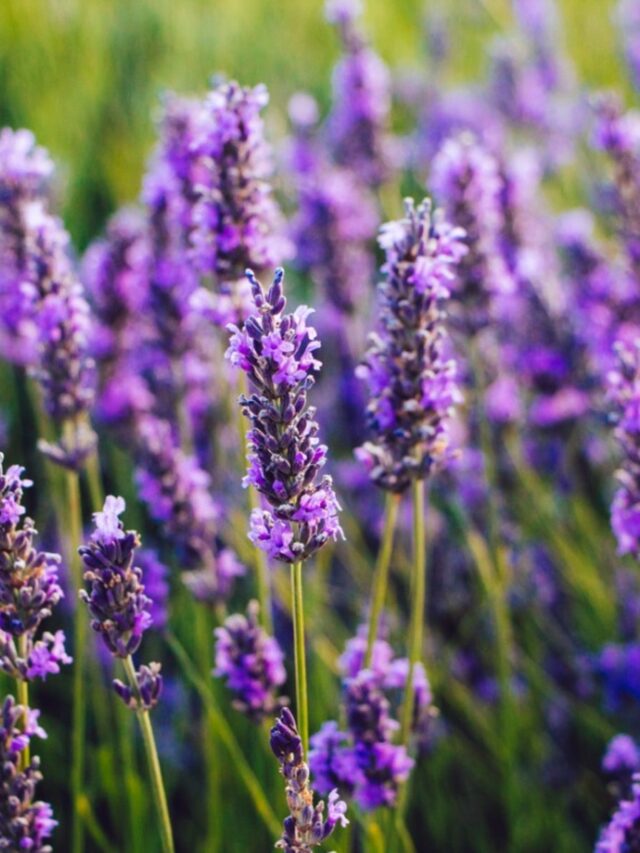In the world of gardening, perennials stand out as timeless favorites, offering beauty that returns year after year.
Unlike annuals, which complete their life cycle in a single season, perennials persist through multiple growing seasons, gracing gardens with their enduring charm and reliability.
Their ability to thrive with minimal care makes them popular among both novice and experienced gardeners alike.
This article explores the allure of perennials, their benefits, popular varieties, and essential tips for cultivating a perennial garden that enchants and endures.
Understanding Perennials

Perennials are plants that live for more than two years, often for many years, depending on the species.
Unlike annuals, which need to be replanted each year, perennials regrow from their roots each spring.
This characteristic makes them a sustainable choice for gardeners looking to establish long-term, low-maintenance gardens.
Perennials come in a wide array of forms, including flowers, herbs, and even shrubs, offering a diverse palette for garden design.
Benefits of Perennials

Longevity: The longevity of perennials means that once established, they require less frequent replanting compared to annuals, saving time and effort for gardeners.
Low Maintenance: Many perennials are known for their resilience and ability to thrive with minimal care once they are established. This makes them an excellent choice for busy gardeners or those new to gardening.
Seasonal Interest: Perennials often have extended blooming periods, providing continuous color and interest throughout the growing season.
By selecting a variety of perennials with different bloom times, gardeners can ensure their garden is vibrant from early spring to late fall.
Adaptability: Perennials are adapted to a wide range of climates and growing conditions, making it possible to find species suitable for almost any garden environment, from sunny borders to shady corners.
Popular Varieties of Perennials

Lavender (Lavandula): Known for its fragrant blooms and silvery foliage, lavender is a favorite perennial herb that attracts pollinators and adds a touch of Mediterranean charm to gardens.
Roses (Rosa): Roses are classic flowering perennials admired for their beauty and fragrance. With proper care, they can thrive for decades, making them a symbol of enduring elegance in garden design.
Hostas: Loved for their lush foliage and shade tolerance, hostas are popular perennials for adding texture and greenery to shaded areas of the garden.
Daylilies (Hemerocallis): These hardy perennials are prized for their wide range of colors and ability to bloom profusely in midsummer, adding bursts of vibrant color to the garden.
Peonies (Paeonia): Peonies are beloved for their large, showy blooms and their ability to thrive for generations with minimal care, making them a favorite among gardeners seeking classic beauty.
Sedum: Succulent sedums are drought-tolerant perennials known for their fleshy foliage and late-season blooms, attracting butterflies and bees to the garden.
Designing a Perennial Garden

Creating a perennial garden involves careful planning to ensure a harmonious and enduring display of blooms throughout the seasons. Here are essential tips to consider:
Choose a Variety of Plants: Select perennials with different bloom times and heights to ensure continuous color and visual interest throughout the year.
Consider the Growing Conditions: Take into account the sunlight, soil type, and moisture levels in your garden when selecting perennials. Choose plants that are well-suited to your specific growing conditions for optimal success.
Group Plants Thoughtfully: Arrange perennials in clusters or drifts rather than scattering them randomly. This creates a more cohesive and natural-looking garden design.
Plan for Succession: Incorporate early blooming, mid-season, and late blooming perennials to ensure that your garden remains colorful from spring to fall.
Include Foliage Plants: Perennials with interesting foliage can add texture and structure to your garden even when they are not in bloom. Consider plants with variegated leaves or unique shapes to enhance visual appeal.
Provide Adequate Care: While perennials are generally low maintenance, they benefit from occasional grooming, such as deadheading spent blooms and dividing overcrowded plants every few years to promote healthy growth.
Sustainability and Perennials

From an environmental perspective, gardening with perennials offers several sustainability benefits.
These plants typically require less water and fertilizer compared to annuals, contributing to water conservation efforts and reducing the carbon footprint associated with gardening practices.
Additionally, their ability to attract pollinators and support local biodiversity makes them valuable contributors to ecosystem health.
Conclusion
Perennials epitomize the timeless beauty and practicality of sustainable gardening practices.
Their enduring blooms and low-maintenance nature make them indispensable assets in creating gardens that not only survive but thrive year after year.
Whether you’re designing a cottage garden, a formal landscape, or a naturalistic planting scheme, perennials offer an abundance of choices to suit every style and preference.
By harnessing the diversity and resilience of perennials, gardeners can create landscapes that leave lasting impressions and continue to inspire admiration season after season.






